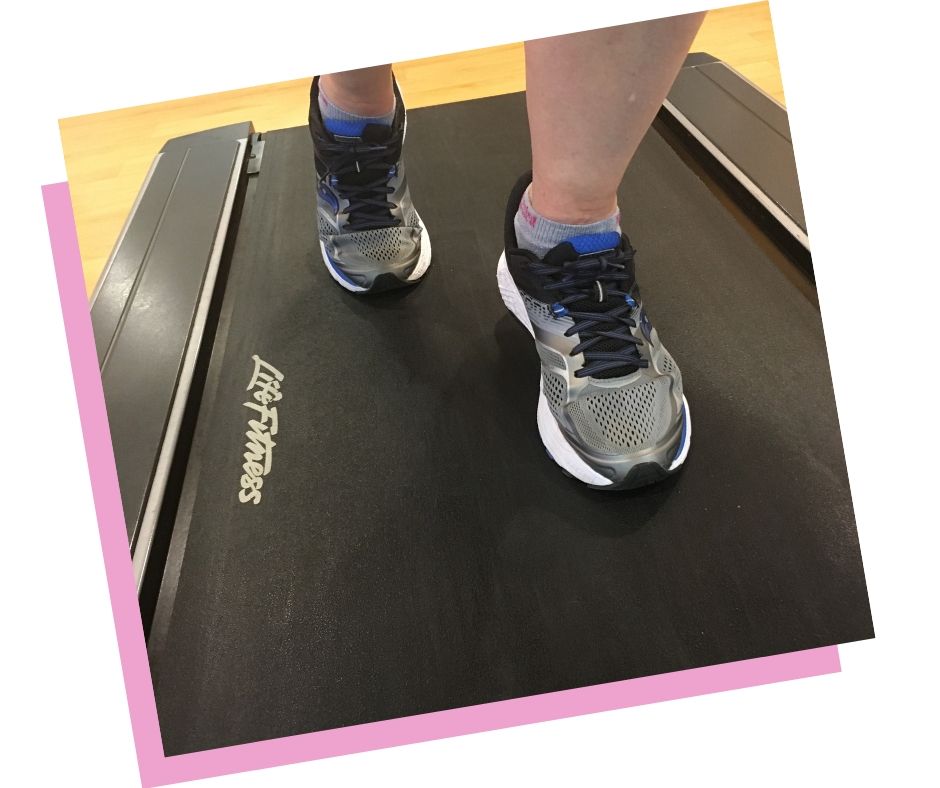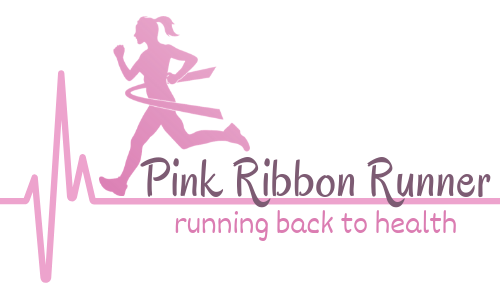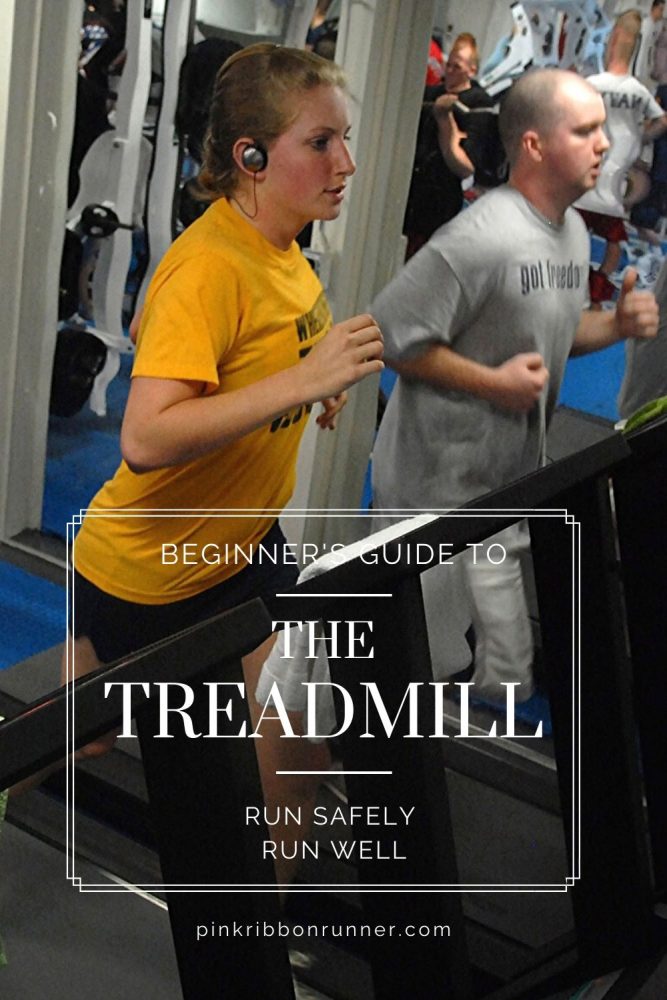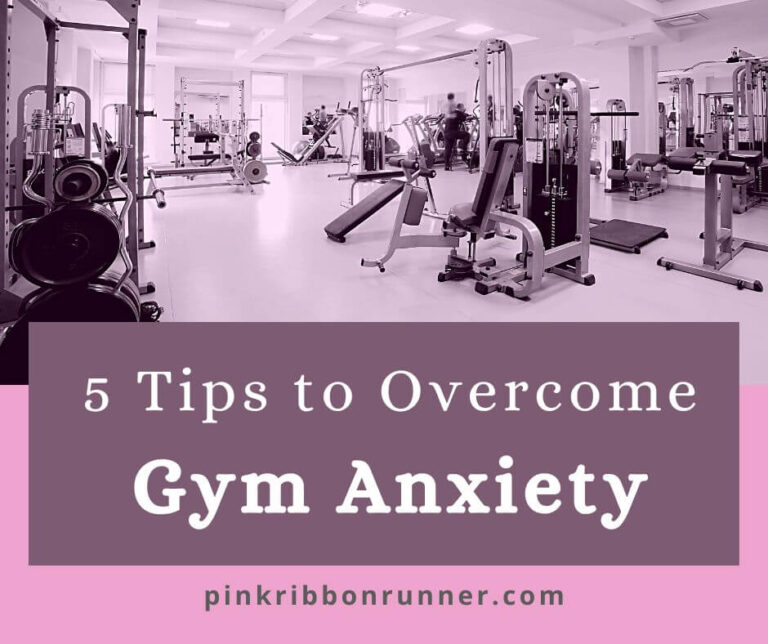Beginner’s Guide to The Treadmill
Most people don’t enjoy working out on a treadmill, nicknaming it the “dreadmill”. Most prefer to run or walk outdoors or run on a track. However, the treadmill can be a valuable piece of equipment when stuck indoors, such as during inclement weather, or when travelling.
This post contains affiliate links. As an Amazon Associate, I earn from qualifying purchases.
Have you made a treadmill purchase yet?
If not, then I highly recommend you consider a NordicTrack. They are a little more expensive, but completely worth the extra money. They are sturdy and built to last.
The brand is well respected among runners. And many consumer reports list their treadmills at the top, if not first, then in the top 3.
We have had our NordicTrack treadmill for about 20 years now.
Now lets talk about Treadmill safety…
Use a Treadmill Safely
With the potential for injury, safety precautions are a must.
David Goldberg, Survey Monkey CEO, was tragically killed in a treadmill accident. In 2012, over 450,000 people were admitted to hospitals for injuries sustained during use of exercise equipment, with approximately 32,000 with serious injuries, including death. These numbers seem to rise every year. Non-fatal injuries from treadmills can range from skin burns and abrasions to broken bones and head injuries.
Don’t mess around on treadmills. They can be dangerous.
Keep children away from treadmills
It is estimated that over 8500 children are injured by treadmills every year in the United States. One high profile case involved the death of Mike Tyson’s 4 year old daughter in 2009.
Children should be supervised by an adult if they are around a treadmill.
Treadmills that are not in use should be stored in a safe manner, including unplugging and securing the power cord.
Wear proper shoes
Proper running shoes should be worn on any run or walk, but it is especially important to wear them on the treadmill. Friction of the belt motion causes it to generate enough heat to damage skin tissues. Belts are usually designed for traction and are textured for grip and can cause abrasions and blisters when barefoot.
My favorite running shoe is Saucony. You can see my Saucony running shoes in the picture below. But my husband and daughter love Asics. Shoes are a personal choice and should be individually fitted.
Whatever brand suits you best, buy a pair of running shoes just for your treadmill. It will keep it cleaner and save you time.
Place your indoor running shoes beside your treadmill to make it faster and easier for you to get your workout in. Trust me, this can make a huge difference in sticking with a workout routine.

Set up music or video before starting the belt
Just as you shouldn’t text and drive, you should not text and run on treadmills. Distractions lead to accidents. It only takes a sudden small misstep to send you flying off the back of the treadmill.

Bose Sport Wireless Earbuds
Perfect for Workouts and Running
Don’t place anything behind the treadmill
Treadmills should be placed to prevent additional complications should you fall off the back.
Avoid placing furniture, other gym equipment or clutter behind the treadmill. You want to allow for sufficient space to stop any backwards momentum without creating potential for trip-injury should you accidentally fall off the back of the treadmill.
Wear the safety strap
I get it, you don’t want to look like a newbie or a geek at the gym. Wear the strap anyways!
The safety strap is designed to clip onto your shirt or shorts. If you accidentally fall off the back of the treadmill, the strap will pull off and stop the belt. If you fall off the treadmill and skin is exposed to a moving belt, burns and abrasions will result.
Is potential injury and disfigurement really worth looking cool?
Don’t start by standing on the belt
In a review of the US Consumer Product Safety Commission data, the main reason for treadmill recalls are malfunctions causing the belt to speed up quickly.
You should always start the treadmill by straddling on the sides.
Start the belt at a slow walking speed. Walk onto the belt when it is up to the programmed speed, then gradually increase the speed and incline to your desired workout level.
Minimize Distractions
Once you begin your workout, look ahead. Teach yourself to place your feet squarely on the belt without needing to look down. This helps you maintain proper posture for the run.
Don’t fiddle with your phone or turning your head to look around the room. Looking straight ahead allows you to maintain your balance.
Avoid looking off to the side.
If you are watching TV or a video, place the screen at a natural focus distance straight ahead, as if you are focusing on the road or trail in front of you.
If you are having a conversation with the person on the treadmill next to you, continue to look ahead and avoid turning to look at them directly.

Running on the treadmill
Use the manual setting so that you can adjust your workout under your control. Don’t worry about the fancy program settings on the treadmill. Start the belt at a slow walking pace at zero percent incline before you get on.
Allow Belt Time to Adjust to Your Weight
Step onto the belt and walk for 20 to 30 seconds to ensure the belt adjusts properly to your added weight. Gradually increase the speed of the treadmill until you reach a brisk walk or a very comfortable running pace. Talking should still be easy and you should be able to maintain a conversation. Maintain this comfortable pace as your warm up. A good warm up should be about 5 to 10 minutes.
Increase Pace After Warm Up
Once your muscles are warmed up, you can gradually increase the incline and pace on the treadmill to the level you wish (see treadmill pace equivalents below as a guide). If you choose to increase the incline, don’t do a prolonged workout at a high percentage incline as it will put strain on your back and joints, especially the ankle joint. Don’t increase the incline to a level that forces you to hold onto the side handrails of the treadmills. Not only does holding on lessen the impact of your workout, it can lead to poor posture and biomechanical injury.
Don’t Forget to Cool Down
Once your workout is done, be sure to do an adequate cool down with a brisk walk or very comfortable run for another 5 minutes. Increase your workout time or distance by 10% each week as you improve.
Treadmill Pace Equivalents
Treadmill paces are usually marked in miles per hour. If you are just starting out, this can seem like another language.
Walking Paces
In general, for most people, a brisk walking pace is about 3.0 mph. For those who have a higher fitness level, a brisk walk may be 3.5 or 4.0 mph.
Running Paces
Running is usually defined at a pace of 6.0 mph or more. However, if you are running slower than 6.0 mph, this is perfectly fine. Always increase your speed gradually both during individual workouts and over time.

Treadmills can give us the workout we need when we can’t get outside to run. Using a few simple precautions, they can be a safe and enjoyable training tool.
If you are just learning to run, check out this article on How to Start Running.
Not quite ready to run? Try walking on the treadmill. Click here for a guide to walking.
And check out these 12 Fun Ways to Workout on a Treadmill.










